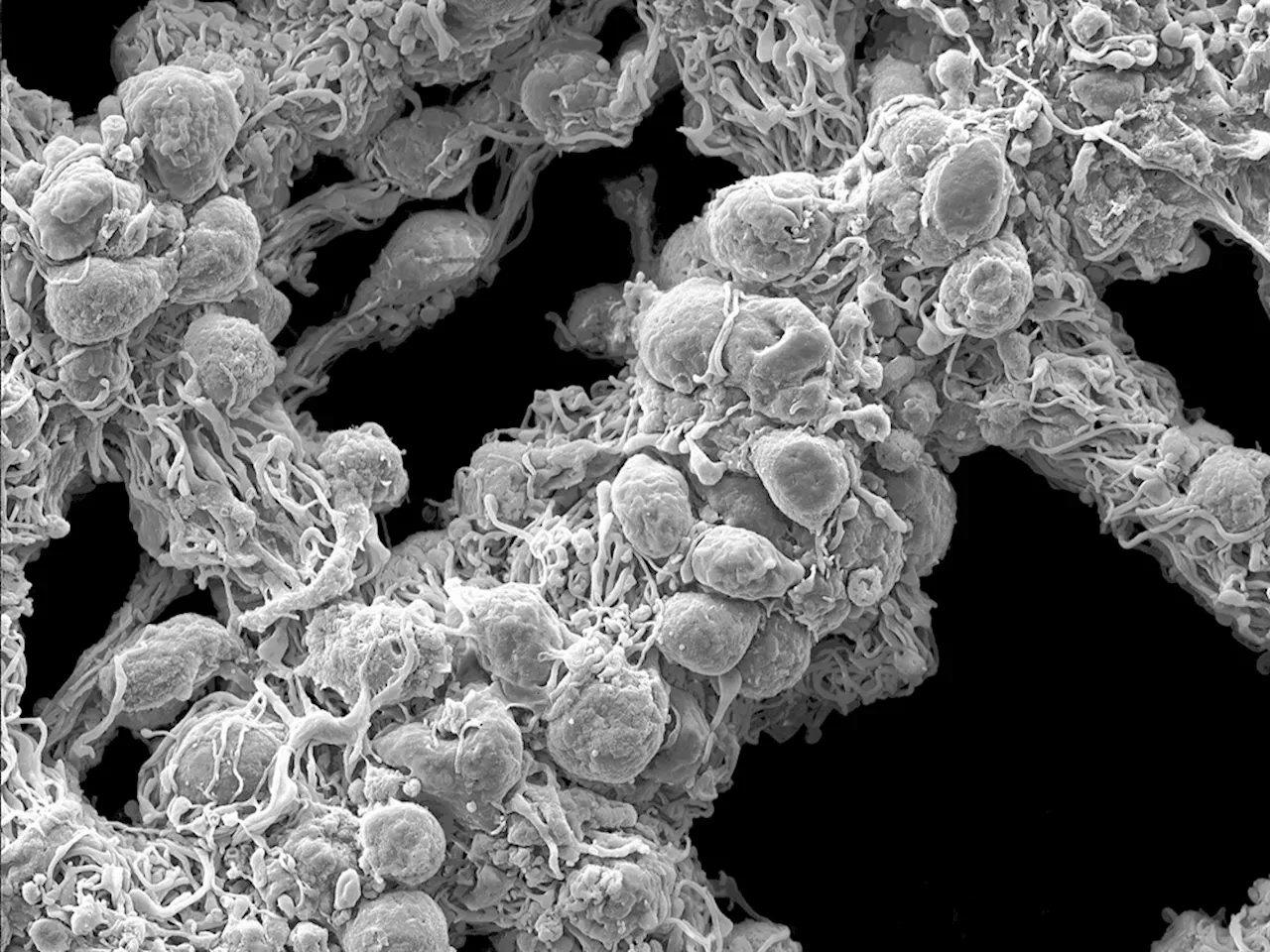By Nidhi DhullApr 24 2024Reviewed by Lexie Corner Electron microscopy tools like transmission electron microscope and scanning electron microscope are popular in various industries for their analytical capabilities.1 They can image a wide range of materials and biological samples with high magnification, resolution, and depth of field, thereby revealing surface structure and chemical composition.
Quality control in materials science is crucial for applications like forensic examinations, additive manufacturing, and automotive/aerospace cleanliness. All solid drugs contain excipients and an active pharmaceutical ingredient . These compounds must be chemically and morphologically characterized at the nanoscale to assess shelf life, dosage, and efficacy. Electron microscopy assists in controlling particle sizes and excipients during manufacture and evaluates efficacy after product formulation.
The structure and functionality of the components in an electronic chip are commonly analyzed using SEM.1 It helps identify surface failures and internal nonconformities and investigate solder joints to detect possible leakage or porosity in the event of a chip/device failure.2 Electron microscopy can also reveal failures due to material fatigue or brittleness. It is also used to examine flow-accelerated corrosion, a common issue in the industry, by analyzing the flow regime in steel pipes and the resultant formation of scallops or tiger bands.3
A recent article in Frontiers in Molecular Biosciences demonstrated the use of TEM for the quality assessment of virus-like particles . VLPs are self-assembled higher-order nanostructures that imitate viruses in terms of morphology and size but lack their infectious genetic material. They are used as delivery vehicles, antigen presentation, and vaccine platforms.
Recent advances in machine learning and deep learning have expanded the scope of innovation and industrial application of electron microscopy. Defect detection and classification through microscopy images can be enhanced with minimal cost by the application of machine learning and deep learning algorithms.6
